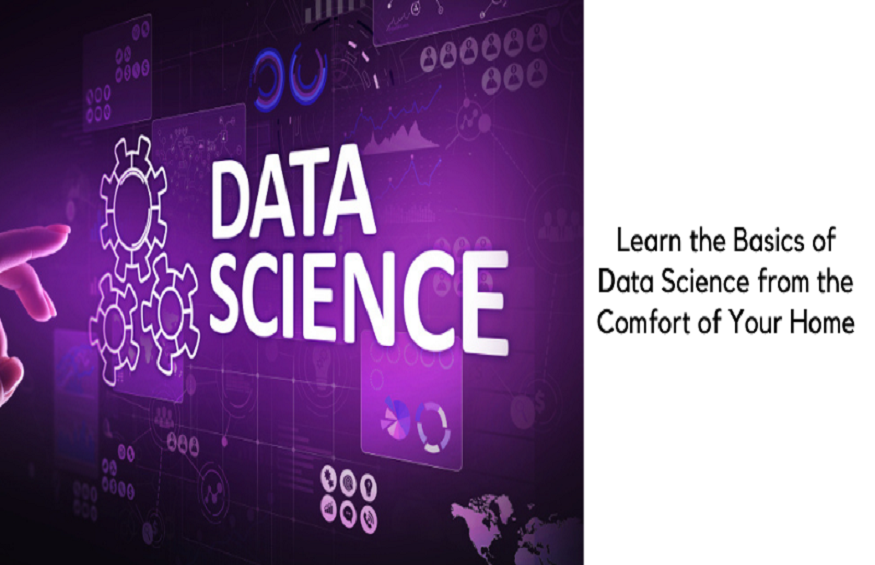
Learn the Basics of Data Science from the Comfort of Your Home
Data Science is an essential part of every sector today, owing to the vast amount of online data generated daily by the industries. Almost all sectors require data science to process the data acquired. The popularity of data science is increasing day by day, and many companies have started using and applying data science techniques to improve and expand their business.
What is Data Science?
Data Science is a field of study that flawlessly blends programming skills, mathematical knowledge, domain expertise and statistics to extract insights from raw data. Data scientists generally use various algorithms on different data formats such as text, video, images, numbers, audio, etc. to produce intelligent online appointment scheduling systems that often require human intelligence. These systems can predict new insights that business owners use to improve and expand their customers’ satisfaction.
Why is data science important?
Today, we live in a digital world where almost everything can be done online, from consulting a doctor to purchasing a house. Everything can be governed by a few clicks. Practically all industries generate a huge amount of raw data daily. It is important to process this raw and unstructured data for the benefit of the industry by mind mapping software . Hence, data science is important in today’s age as data science can help predict new insights that can help the industry or the business flourish through its algorithms and techniques.
Lifecycle of Data Science-
The life cycle of data science is as follows:-
1. Discovery: In this phase, all the project’s requirements are to be found out, such as technology, time, data, etc.
2. Data preparation: In this phase, the tasks performed are – data cleaning, data reduction, data integration and data transformation. Data cleaning and removal helps in eliminating redundancies from the data. Data integration allows for the amalgamation of different data types, and data transformation helps transform data from one format to another.
3. Model Planning: In this phase, various methods and techniques are used to establish the relation between data. The tools used in this phase are SAS, R, Python, etc.
4. Model building: In this phase, datasets are created for training and testing purposes. Techniques such as association, classification, and clustering are used for building the model.
5. Operationalize: This phase deals with an overview of project performance on a small scale before deployment.
6. Communication: The insights obtained from the raw data are communicated to the team for further implementations.
Tools used in Data Science:
Data Analysis tools: Data analysis tools are used for analyzing and establishing the relationship between the raw data.
- R and Python
- Statistics
- Jupyter
- SAS
- R Studio
- Excel
- MATLAB
Data Warehousing: These tools help store and analyze a huge amount of raw unstructured data.
- Hadoop
- SQL
- AWS Redshift
Data Visualization tools: Data visualization tools are the tools that are used for the graphical representation of data for better understanding.
- R
- Jupyter
- Tableau
- Cognos
Machine learning tools: Machine learning tools are the tools that provide the system with the ability to learn and perform the specified tasks without the presence of a human.
- Spark
- Mahout
- Azure ML studio.
Applications of Data science:
In this digital era, data rules the world, and data requires data science. Data science has applications in many sectors such as healthcare, gaming, entertainment, transport and tourism, advertising, speech and text recognition, etc.
How to learn Data Science
Online learning has become possible nowadays due to the advancements of technologies. It is now possible for you to be in the comfort of your home and learn according to your pace. There are multiple online data science courses that will help you to understand the subject in detail. The best thing about online training is that they are less expensive than classroom learning. If you love dealing with different algorithms and statistics, you must enrol yourself in an online data science training course.


















